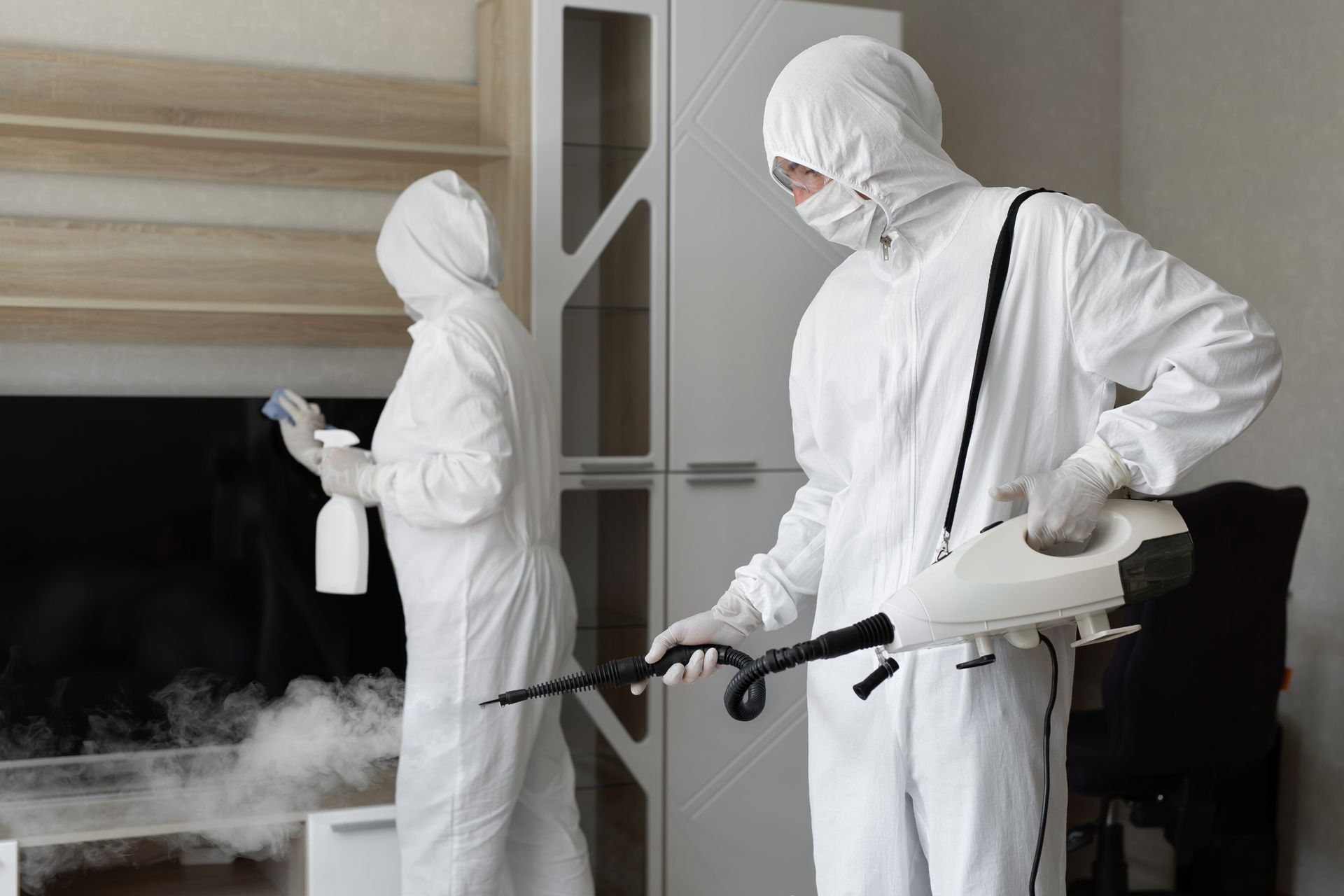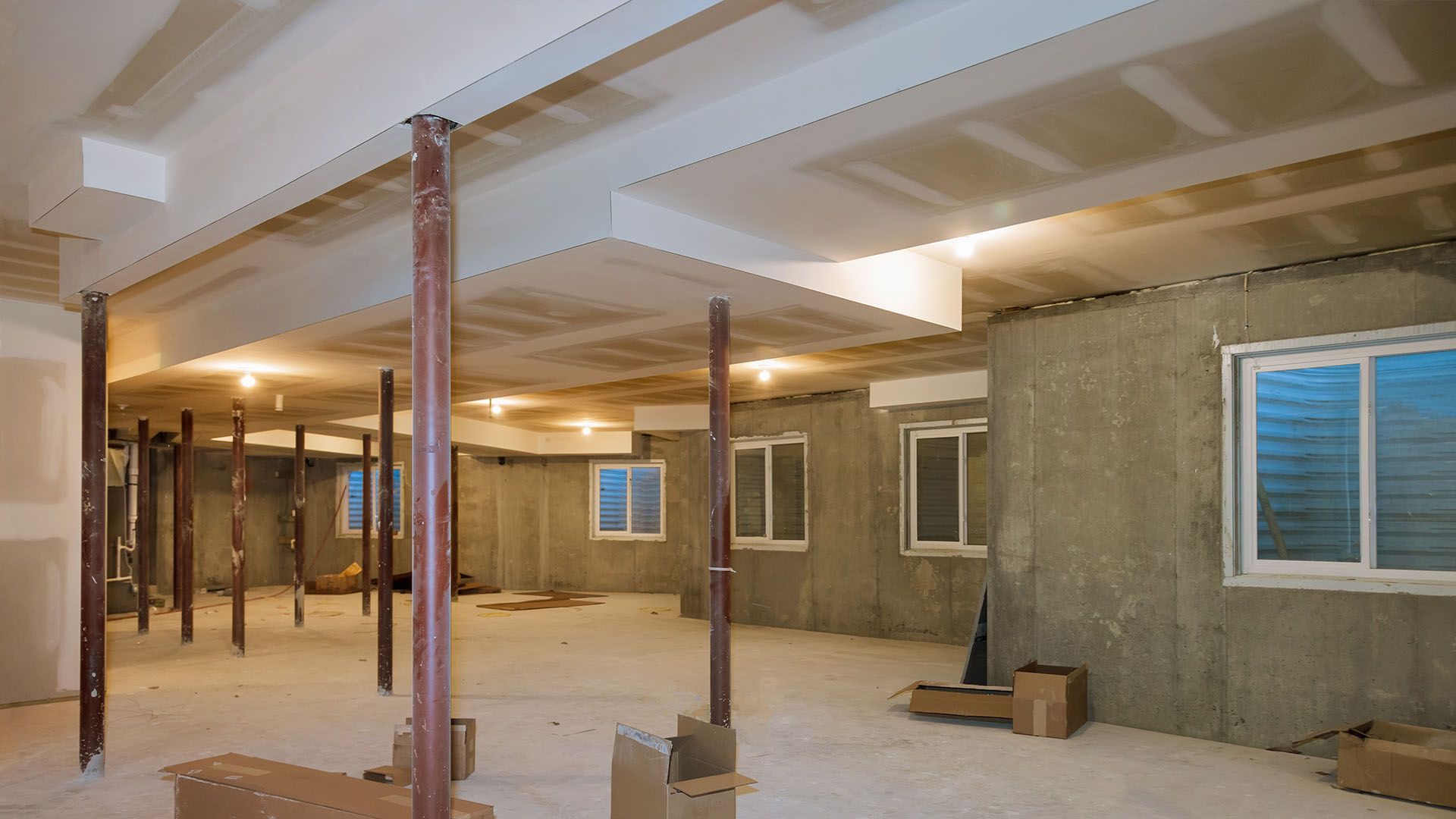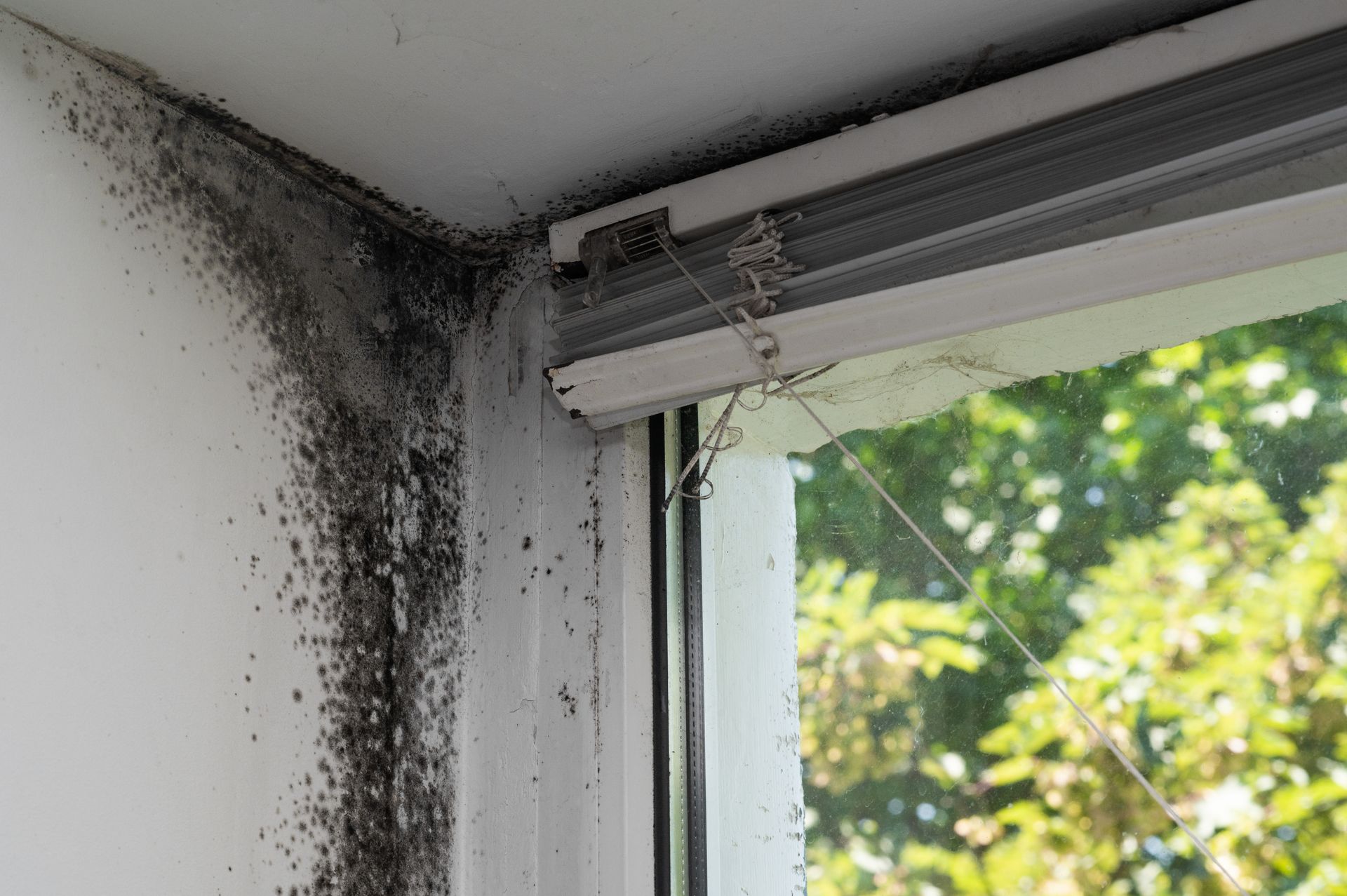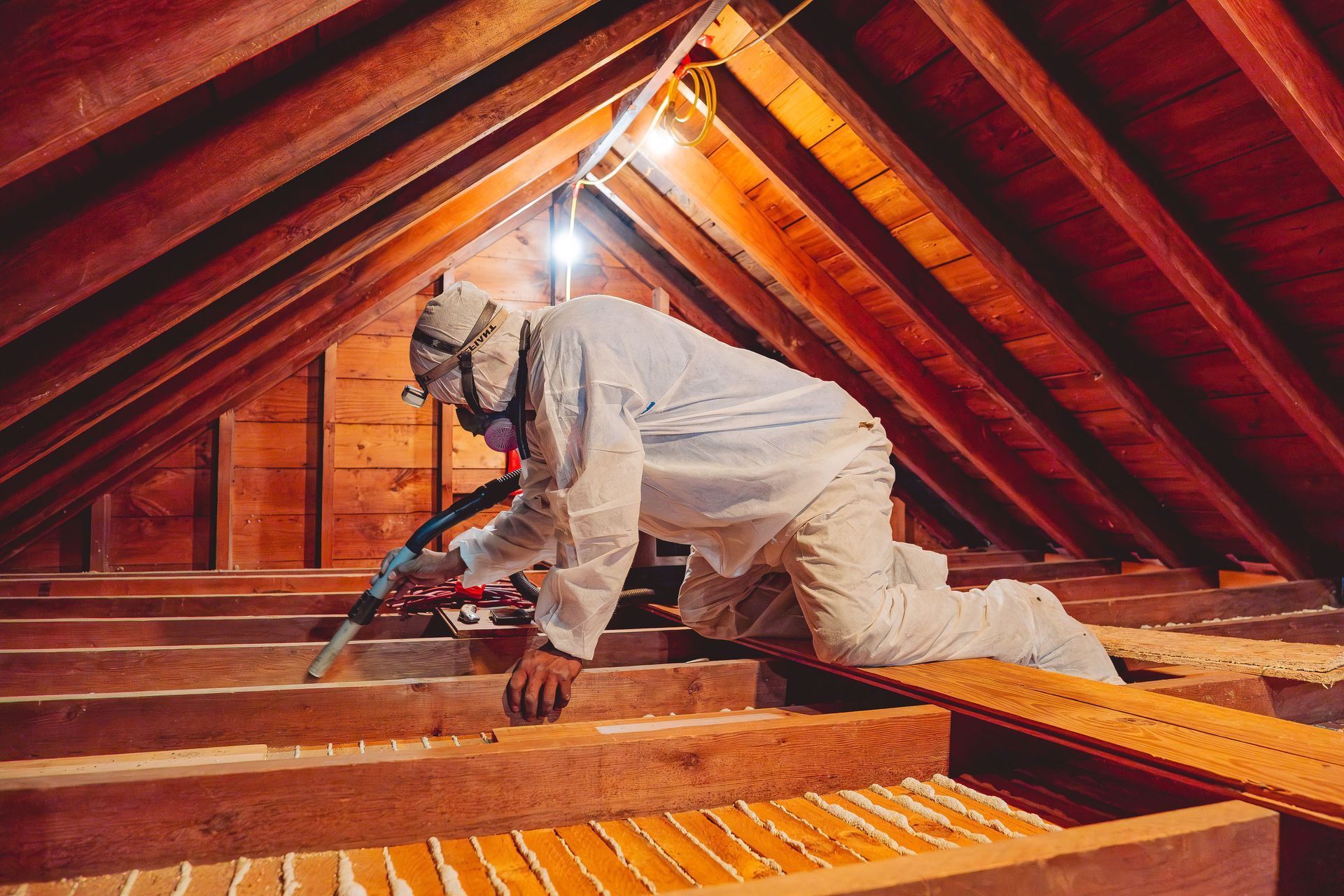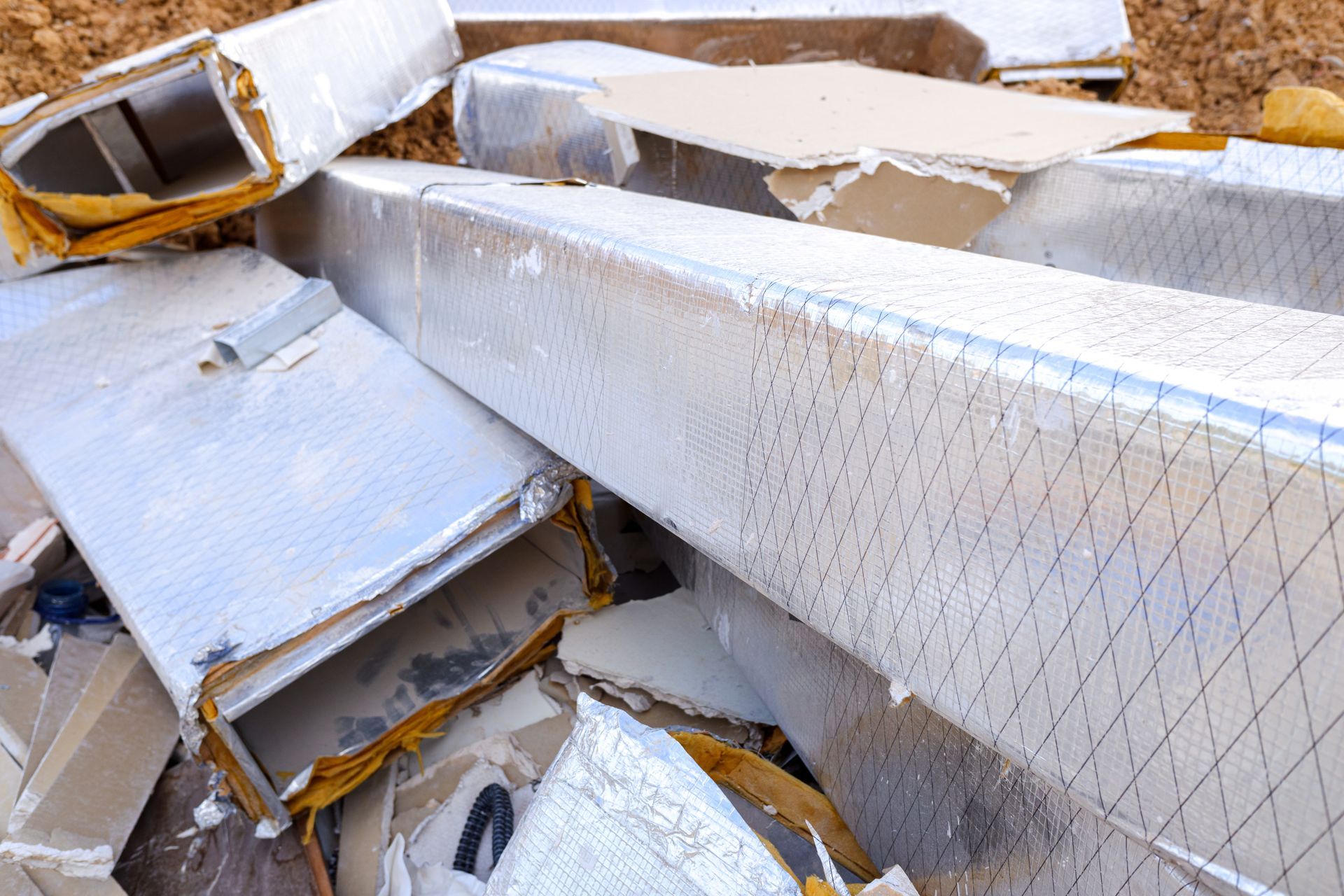Do You Need to Remove Asbestos from Your Home?
Asbestos was once a go-to building material, valued for its durability and fire resistance. But decades later, we now understand the serious health risks it poses. If you suspect your home contains asbestos, the big question is:
Do you need to remove it? The short answer is—it depends. In this post, we’ll help you understand when asbestos removal is necessary, how to handle it safely, and what it could mean for your health and your home.
What Is Asbestos and Why Was It Used in Homes?
Asbestos refers to a group of naturally occurring minerals known for their heat resistance, strength, and insulating properties. It was commonly used in building materials like insulation, floor tiles, roofing shingles, and cement between the 1940s and 1970s.
Common Household Materials That May Contain Asbestos
- Pipe insulation
- Popcorn ceilings
- Vinyl floor tiles
- Siding and roofing materials
- Joint compound in drywall
While asbestos was banned from many uses, older homes may still contain these materials—posing potential health risks if disturbed.
How Dangerous Is Asbestos in the Home?
Asbestos is most dangerous when it becomes airborne and the fibers are inhaled. Exposure can lead to serious illnesses such as:
- Mesothelioma
- Asbestosis
- Lung cancer
Not all asbestos-containing materials are dangerous, though. If the material is intact and undisturbed, it may not pose an immediate risk. The real danger begins when materials become
friable (easily crumbled), allowing asbestos fibers to release into the air.
When Should Asbestos Be Removed?
There are specific situations where asbestos must be removed:
- If the material is damaged or deteriorating
- During renovations or demolition
- If the material becomes friable
In these cases, professional removal is essential to prevent contamination.
Can You Leave Asbestos in Place?
Yes—if asbestos-containing materials are
undamaged and sealed, they may be safely left in place under regular monitoring. This is known as
encapsulation, and it's often used in commercial buildings and older homes where full removal isn't immediately necessary.
Best Practices Of Leaving Asbestos in Place:
- Schedule regular inspections
- Avoid disturbing the material
- Hire a professional for any repair work nearby
Legal Requirements and Safety Standards
Federal and local agencies regulate how asbestos is handled, removed, and disclosed during real estate transactions. As a homeowner, you may be legally obligated to:
- Disclose known asbestos during the sale of your home
- Obtain permits before removing asbestos-containing materials
- Hire licensed abatement contractors for removal projects
Failing to follow these guidelines can result in fines and potential liability.
Hiring a Certified Asbestos Professional
A certified asbestos inspector can test materials in your home to confirm their contents. If removal is needed, a licensed abatement contractor will:
- Seal off the work area
- Use specialized equipment to safely remove materials
- Conduct air quality testing post-removal
Be sure to ask about certifications, containment practices, and post-removal cleanup when hiring a contractor.
Cost of Removing Asbestos from Your Home
The cost varies depending on:
- Location of the asbestos
- Size of the affected area
- Accessibility and containment requirements
Average Cost Estimates:
- Asbestos inspection: $250–$800
- Asbestos removal: $1,500–$10,000+ depending on scope
While this may seem costly, removal significantly reduces long-term health risks and increases property value.
Final Thoughts: Is It Necessary for Your Home?
If you live in an older home and suspect the presence of asbestos, removal might not always be immediately necessary. But if materials are damaged, you're planning renovations, or you're concerned about health and safety, it's wise to act.
Evaluate Based On:
- Material condition
- Planned construction or repairs
- Presence of children or elderly residents


